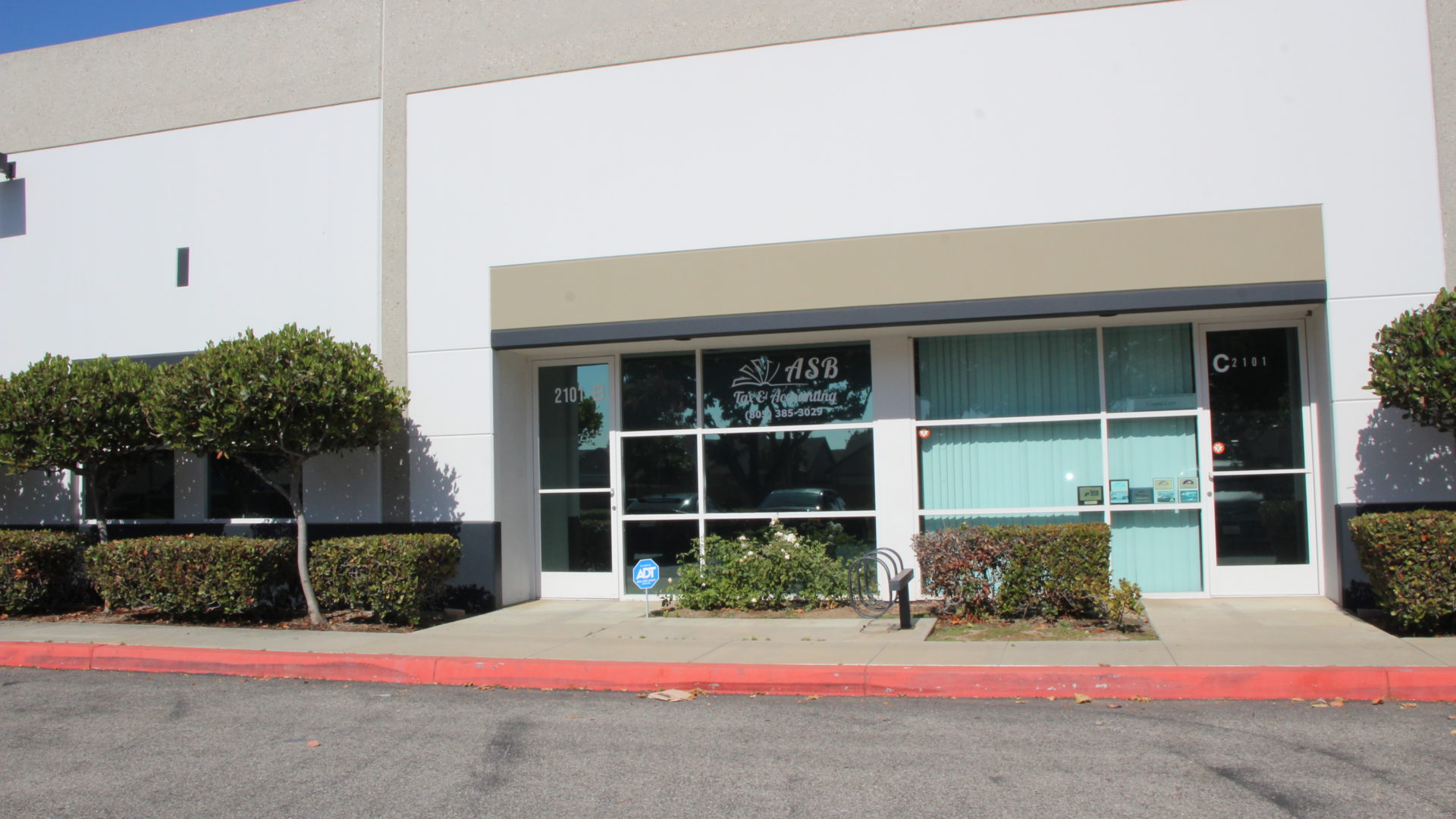Tips to save on your water bill
Reducing your water bill is an effective way to save money and help protect the environment. Saving on your water bill not only helps reduce your monthly expenses, but it also promotes sustainable practices that benefit the planet. In this article, we will explore various strategies to achieve more efficient water use in your home.
An important first step to saving on your water bill is to install water-saving devices. Flow regulators for showers and faucets, as well as low-flow toilets, can significantly reduce the amount of water you use. These devices are designed to limit the flow of water without compromising pressure, allowing you to enjoy more efficient water use in your daily activities. Installing these products is an investment that, in the long run, translates into considerable savings on your water bill.
Another aspect to consider is the proper maintenance of your pipes and faucets. Leaks and drips can lead to significant water waste and an increase in your bill. Regularly check your pipes, faucets and connections for possible leaks and repair them immediately. If you find problems that you cannot solve yourself, it is advisable to hire a professional to make the necessary repairs. Keeping your facilities in good condition will help prevent water waste and control your expenses.
Optimizing water usage in your home is also crucial to saving on your water bill . For example, make sure you don’t leave taps running unnecessarily while brushing your teeth or washing dishes. Also, use the appropriate cycle on your washing machine and dishwasher to ensure you’re using only the necessary amount of water. Filling these appliances completely before using them can maximize efficiency and reduce the number of cycles needed.
How you water your garden also impacts your water bill. Consider watering your plants during the cooler hours of the day, such as early morning or late evening, to reduce water evaporation. You can also install a drip irrigation system, which delivers water directly to the roots of plants, minimizing waste. Also, use native or drought-resistant plants that require less water to thrive.
Harvesting and using rainwater is another effective strategy for saving on your water bill. Installing a rainwater harvesting system in your home allows you to collect and store water for use in garden irrigation and other non-potable needs. This practice not only reduces your use of potable water, but also lessens your environmental impact by taking advantage of an available natural resource.
Consider adjusting your water usage during bathing, too. Taking shorter showers and turning off the tap while you soap up can significantly reduce water usage. A shower timer can help you track the time you spend under the water, encouraging savings. Additionally, using a bucket to collect water while you wait for it to heat up can be a useful way to recover and reuse water.
Saving on your water bill involves a combination of good practices and implementing efficient solutions. From installing saving devices and maintaining your pipes, to optimizing your consumption and collecting rainwater, every action counts to reduce your bill and contribute to water conservation. Adopt these tips and see how your efforts are reflected in a lower water bill and a positive environmental impact.

